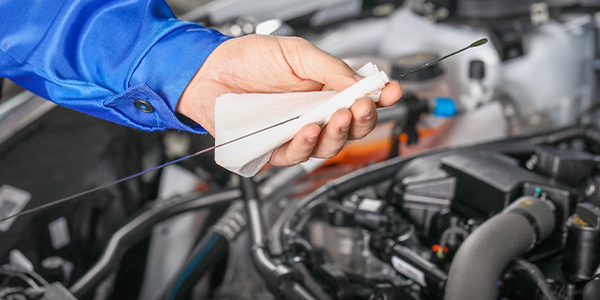So there’s a vehicle in your bay with a check engine light, and the customer states that they’ve been experiencing one or all of the following, a rough or unstable idle, abnormal engine noises, engine stalling, lack of power, or reduced fuel economy.
The first step would be to connect your scan tool to the vehicle, perform a full system scan and check for stored codes. Once you’ve done this, you find codes which are related to camshaft position or camshaft timing. It sounds like it’s a variable valve timing or VVT issue.
Now let’s pump the brakes for a moment and let’s not rush into things. Variable valve timing is the process of altering the timing and/or duration of a valve lift event. Modern VVT systems are actively adjusting the intake and exhaust camshaft positions at all times for the best possible engine efficiency and operation.
But VVT is not just a single component or part, it’s an entire system of components which need to work hand-in-hand in order for the system to function at its best.
As technicians, we need to be familiar with these components and how they operate in order to diagnose and repair them effectively. If you’re diagnosing a VVT concern, step one should always be to check the engine oil, ensure that the oil level is set to the correct level and assess the condition of the oil as well. If the oil isn’t changed at regular intervals. It can lead to a buildup of sludge or debris inside the oil passages which control the camshaft adjusters. If the oil level is too low, the VVT system may not be able to provide enough oil flow or pressure to control the adjusters as needed.
In either of these scenarios, it’s very likely that the ECU will set DTCs and illuminate the check engine light. If you suspect that the engine oil is not being serviced regularly, it’s a good idea to stress the importance of routine maintenance to your customer.
Explain it like this. Investing in simple maintenance now can save them a very expensive repair or breakdown later.
When it comes to replacing a VVT component, such as a cam adjuster or oil control valve, think clean. Before removing an oil control valve from a cylinder head. Blow away any dirt or debris from the area with compressed air. Spray the area with an aerosol cleaner if you think it’s needed. Use your best judgment. The last thing we want is for dirt, debris, or other contaminants to make their way inside the oil passages once the component has been removed.
Always check the OE service information for manufacturer specific installation tips and tricks.
Some automakers may instruct you to lubricate O-rings or seals before installation. Others may advise you to install them dry. These systems are complex and they vary from one OE to the next. So the only way to know for sure is to read what they have to say.
Always adhere to the OE torque specifications and tightening sequences. If a camshaft adjuster bolt were to come loose, this could spell catastrophic engine damage later on down the road. This would certainly result in an upset customer comeback.
Here’s one more thing to consider with VVT systems. If a cam adjuster or oil control valve has failed, chances are that the others may be close behind.
If the vehicle has adjusters on both CAM shafts, it’s a good idea to replace them both at the same time. And finally, we would also suggest performing an oil change after completing a VVT repair.
So when you are replacing a failed OE VVT component, you can trust Standard for a sprocket and solenoid that will perform. And last.
In addition, blue streak solenoids and sprockets offer improvements over the OE design for durability and longer service life for a complete and easy repair. Blue Streak also offers complete solenoid kits and VVT service kits.
I’m Brian Sexton and thanks for watching.
Standard is proud to offer a complete VVT program with solenoids, sprockets, and service kits. Gas, hybrid, or EV, import or domestic Standard has you covered.
This video is sponsored by Standard.














